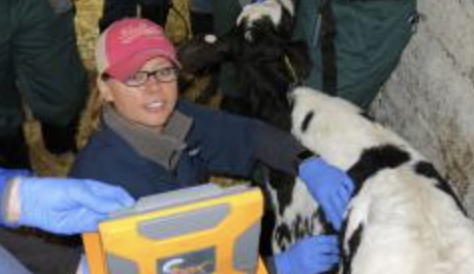- Home
- About
- Membership
- Veterinarians
- Member Directory
- Rabies Exemption Certificate
- Update Your Profile
- Committees
- Advocacy in Vermont
- Licensing Information
- Shelters using Free Exam Certificate and Resources for Veterinarians
- Mental Health Resources (Public Information)
- Pharmacy
- Newsletters and Newsbites
- VVMA Member Banner
- Abandoned Animals - Resources, Disposition
- Telemedicine Resources
- AAFP End of Life Educational Toolkit
- Meetings/CE
- Classifieds
- Resources
- Resources for Pet Owners
- AVMA Animal Health Studies Database
- Shelter and Rescue Information
- Animal Health Information
- Wildlife Guidance including rehabilitators
- Press Room
- Animal Cruelty Reporting
- Emergency Preparedness
- Emergency Clinics
- One Health Public Information
- Public Dog Bite Prevention Program
- Vermont Hay Bank
- Mental Health Resources
- PET Estate Planning
- H5N1 Updates
- CDC Rabies Rule on Traveling with Dogs
- Education Funding
REGISTRATION IS NOW OPEN
|
| VVMA Members | $100.00 |
| Lifetime VVMA Members, VVMA Recent Grads | $ 70.00 |
| Non-Veterinarians (use discount code 'Non-veterinarian') | $ 70.00 |
| Non-Member Veterinarians | $120.00 |
| Retired VVMA Members (use discount code 'Retired') | $ 70.00 |
| |
After registering, you will receive a confirmation email with the link to the livestream session. The on-demand link will be emailed after the conclusion of the livestream program.
Questions? Call VVMA Executive Director Linda Waite-Simpson at 802-878-6888 or email info@vtvets.org

